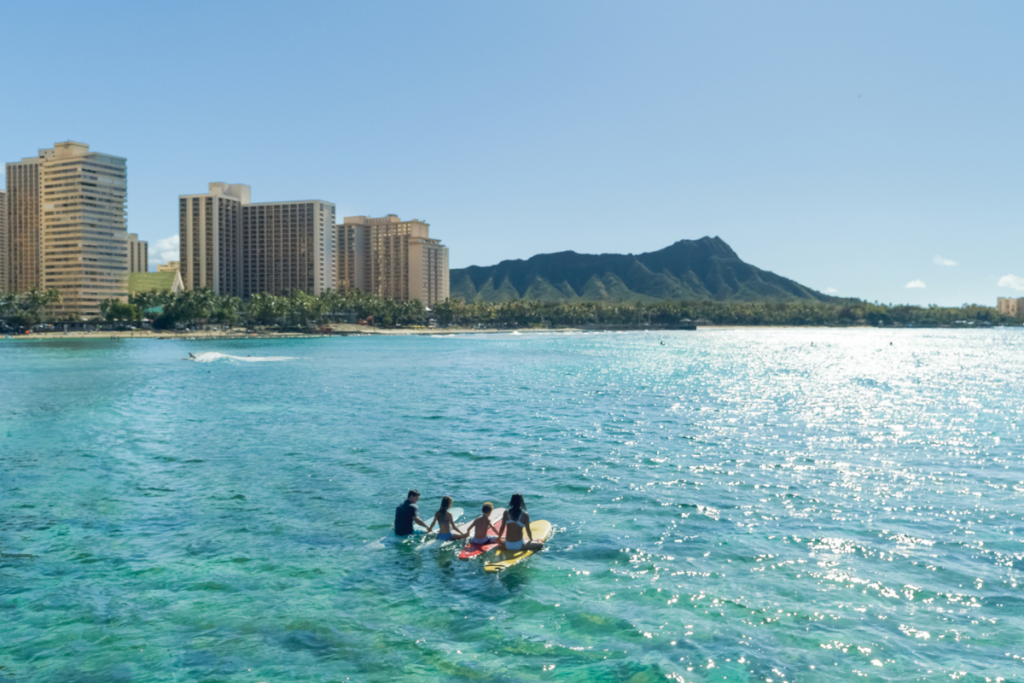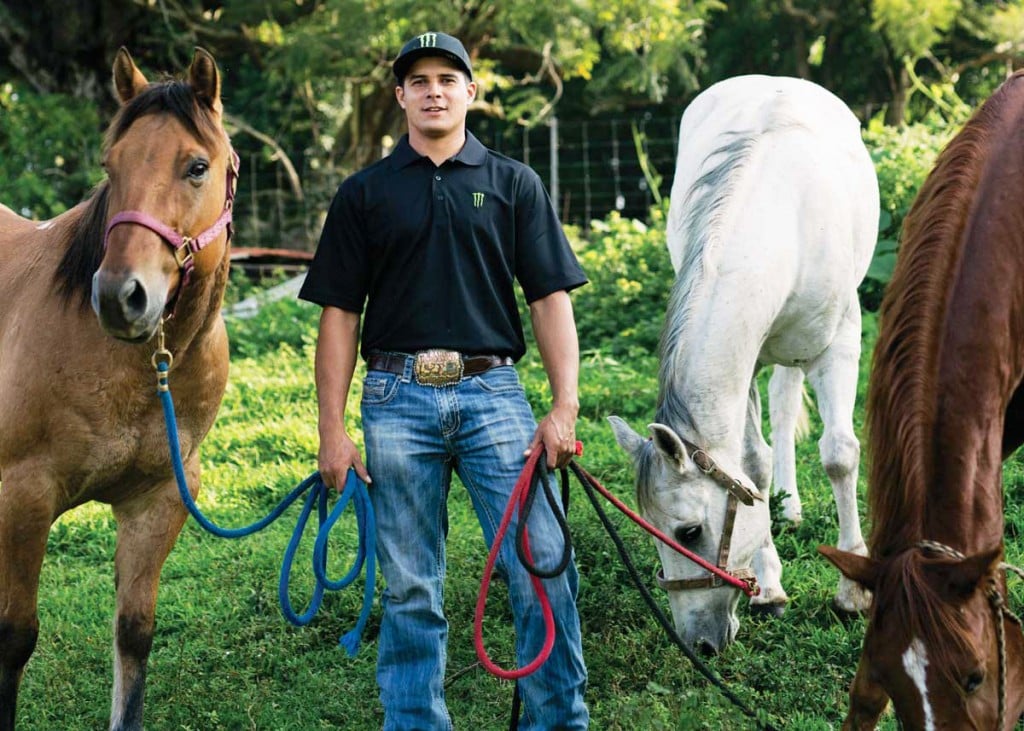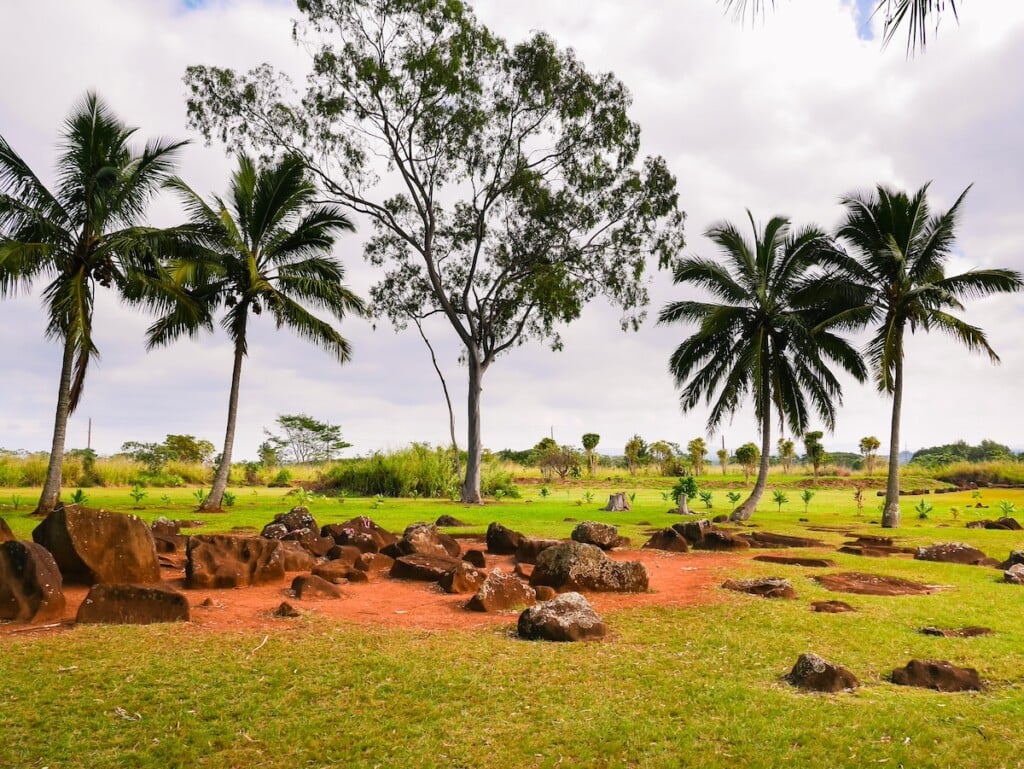8 easy tips for creating beautiful Hawaii photos
Practice these fine-art photography techniques on Hawaii’s photogenic natural beauty.

Brian Ross’s fine-art photography has been exhibited in galleries nationwide. Ross is the creator of Photo Safari Hawaii, which offers photography adventures on Kauai, Oahu, Maui and the Big Island. His students learn techniques of fine-arts photography as they visit some of the most photogenic natural scenes in the Islands. The following are some tips you can practice when you’re in Hawaii, even if you don’t have an expensive camera.
Don’t just take pictures.
Don’t just point at something and snap it, hoping you’ll capture it. Instead compose your image. Think of each photo as a poem to tell a story or express a feeling.
See the light.
Find the main source of light, usually the sun. Locate its direction and think about how the light is illuminating (brightening) or concealing (creating shadows on) your subject.
Stand back with that flash.
To capture the perfect portrait at sunset, use your camera flash as a fill light to balance the strong backlight of the sun. Turn your flash on, step back four to five feet from your subject. Zoom in to frame your subject, and let your flash help create a perfect portrait.

Create a palm-tree silhouette.
From below, frame palm leaves against the bright sky, with the sun directly behind the leaves for the maximum effect. The dark lines of the palm leaves will create an extreme contrast against the bright sky.
Invest in a circular polarizer.
Sunlight reflects off the ocean’s surface and bounces off trees, rocks and earth; it can obscure the details of your images. A polarizer will reduce the glare and will create more contrast and vibrant colors in your nature images.
Pick and choose your perspectives.
There are lots of ways to look at something. Don’t just stand in one place and take pictures. Move. Take the subject from three to five interesting perspectives. Then choose your favorite photo.

Adjust your digital ISO.
The light sensitivity of your digital camera can be adjusted for optimal exposure. The numbers reflect ASA numbers on film cameras. The higher the number, the more light sensitive your camera will be. Use 100 for bright daylight shots; 400 for indirect filtered light, as under a forest canopy; and 800 for cloudy or rainy days, at night, or when you want to capture fast motion, like the firedancer at the luau.
Don’t use your flash on plants.
Most plants are highly reflective, so use natural light. Turning off your flash is easy. Look for the symbol with a diagonal line across the lightning bolt.
For more information or to book one of Brian’s tours, visit extraordinaryadventureshawaii.com.


